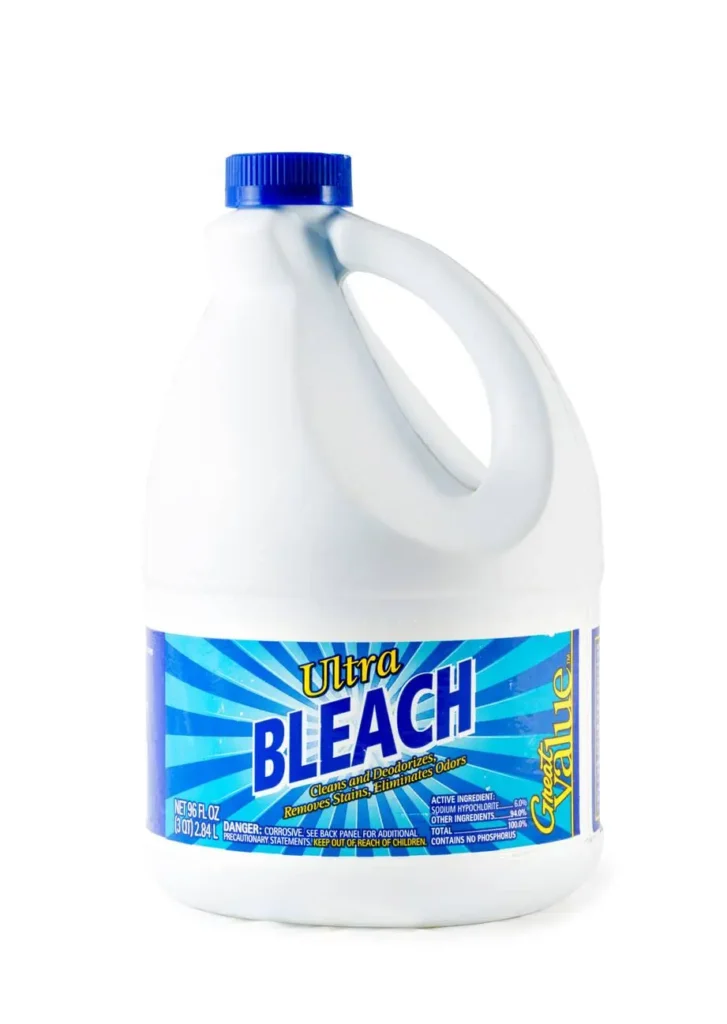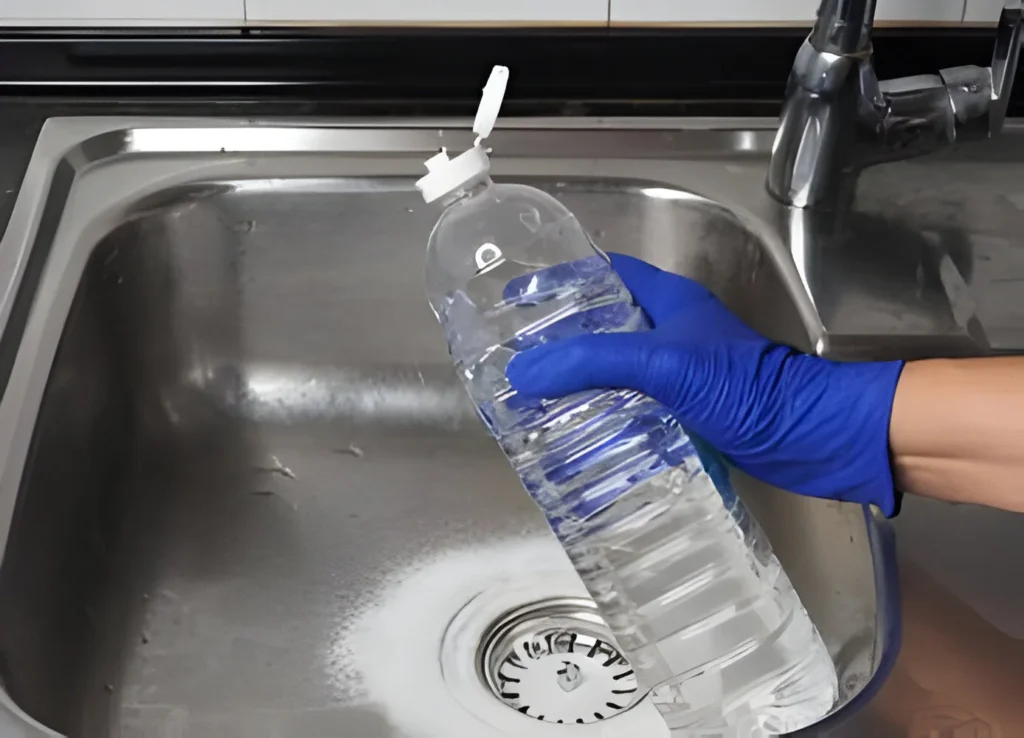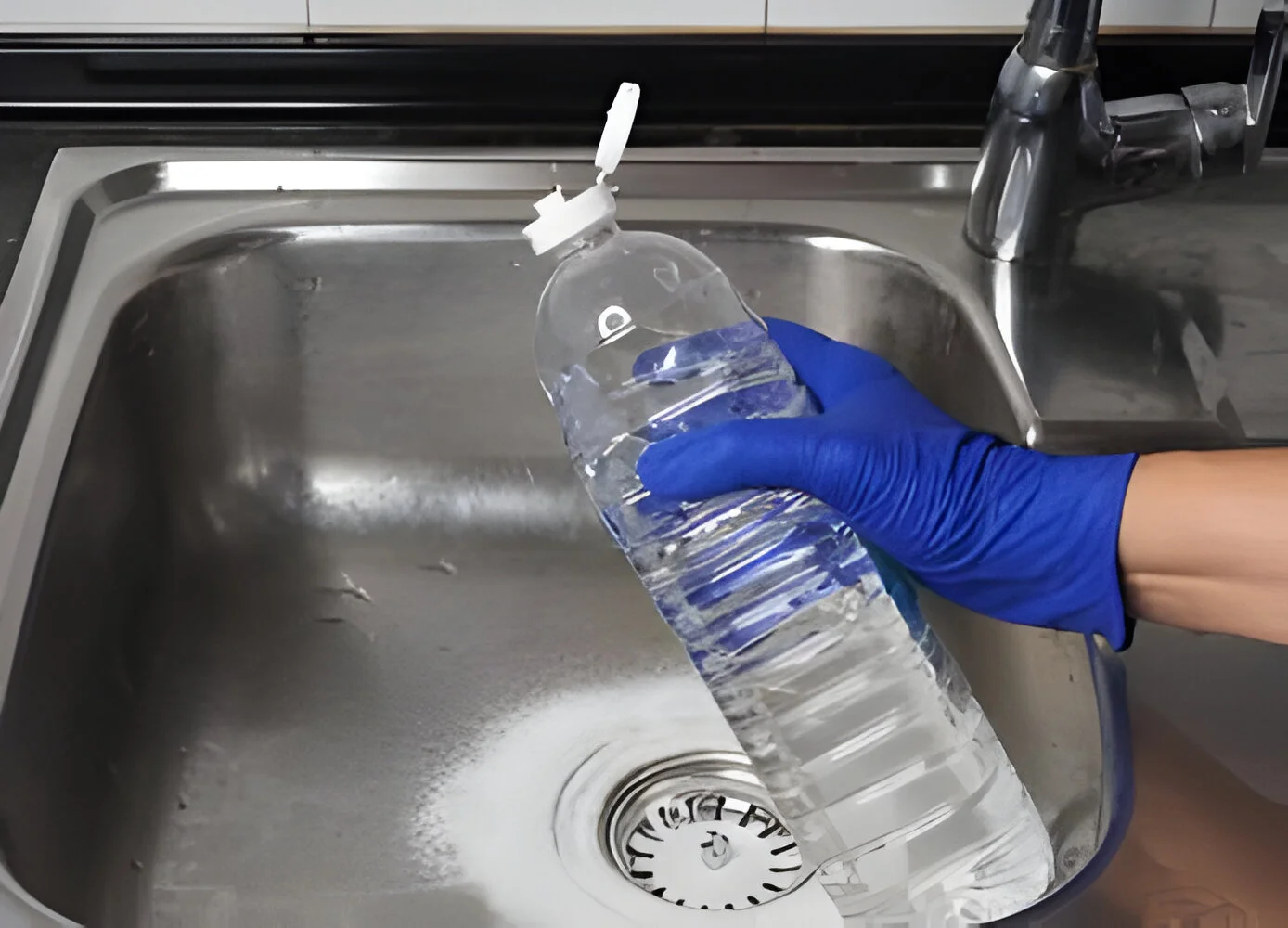
People often asks can i mix vinegar and bleach because they think it will create an effective disinfectant solution, however when these two chemicals combine they create toxic chlorine gas that could prove fatal if released at high enough levels.
Therefore, it’s best to use only products which are safe on their own; if necessary, open windows and fans in order to reduce exposure to chlorine fumes.
Bleach is a powerful disinfectant

Bleach is an effective cleaning product used for disinfecting surfaces and removing stains. However, when mixed with other household cleaners like vinegar, it can become dangerous due to the chlorine gas produced. Fortunately, this gas usually dissipates quickly when leaving the area and showering under warm water.
Bleach contains sodium hypochlorite, while vinegar is a diluted form of acetic acid. When these chemicals combine, they release chlorine gas, which is toxic to humans and may cause eye irritation, breathing issues, coughing fits, coughing up blood, or burning sensations.
Accidentally mixing vinegar and bleach is common; for example, many people refill unmarked bottles without thinking twice. Recently, a TikTok video went viral, showing an incident where a woman accidentally mixed these cleaners and created lethal chlorine gas. Fortunately, she and her family survived by gathering together and calling Poison Control during the crisis.
Vinegar is a natural disinfectant

Vinegar effectively disinfects and swiftly cleans surfaces, cuts through grime, and eliminates stains. Acetic acid, the main component of vinegar, conclusively kills germs, viruses, and bacteria (including tuberculosis). Because of this property it has become popular as a homemade laundry detergent, food preserver and household cleaner.
Many people may not realize the dangers associated with mixing vinegar and bleach together as cleaners. Doing so releases chlorine gas which is lethal at higher concentrations – its pungent smell and symptoms such as choking or burning are sure signs that this gas should be avoided at any cost. If you detect such smell, leave immediately to breathe fresh air.
Immediately upon exposure to chlorine gas, flush your eyes with lukewarm water for 15 seconds; eye drops may worsen the problem. If any symptoms persist beyond this, seek medical assistance immediately and remove any clothing affected. For severe cases, the Centers for Disease Control and Prevention suggests showering in lukewarm water until all odor has dissipated.
Bleach is toxic
Households commonly use bleach and vinegar as cleaners to disinfect, remove grime, and eliminate stains. However, mixing these two cleaners can create toxic chlorine gas due to the reaction between sodium hypochlorite in bleach and acetic acid in vinegar (also found in drain cleaners), a chemical weapon used during World War I.
While combining bleach and vinegar might seem like a way to enhance cleaning and disinfection, it’s not true. The chlorine gas produced when full-strength bleach reacts with acetic acid is poisonous in large volumes and should never be released into the environment.
To reduce the risk of inadvertently mixing bleach and vinegar during household chores, separate your cleaning tasks and work in open areas. For example, when cleaning a kitchen or bathroom, wipe down windows and doors before using chemical products like bleach.
Vinegar is corrosive
Combining bleach and vinegar releases toxic chlorine gas, which can burn skin, damage eyes, and interfere with breathing. This underscores the importance of using these cleaners separately.
Vinegar’s acidity can corrode certain metals and fabrics, leading to corrosion. It may also discolor plastics and strip protective coatings from stainless steel appliances if used without dilution. Therefore, vinegar should only be applied to non-metal surfaces and diluted with water to minimize risks.
Vinegar is commonly used for cleaning, disinfecting, stain removal, and deodorizing, but it should not be used on delicate fabrics like silk or acetate. Excessive consumption of vinegar beverages can cause acid burns and erosion of the esophagus, leading to ulcers.
Bleach and vinegar are not compatible
Bleach and vinegar are common household cleaners, effective for dissolving stains and disinfecting surfaces. However, mixing them can release toxic gas, harmful if inhaled at high concentrations.
Bleach contains sodium hypochlorite, while vinegar is diluted acetic acid. When combined, they produce chlorine gas, causing breathing issues, skin irritation, and nausea. Inhaling over 1,000 ppm can be lethal.
Household cleaners often contain multiple ingredients, but avoid mixing them with bleach. Bleach should only be used alone, not mixed with acids like vinegar, lemon juice, hydrogen peroxide, or rubbing alcohol, as this may release toxic gases.
